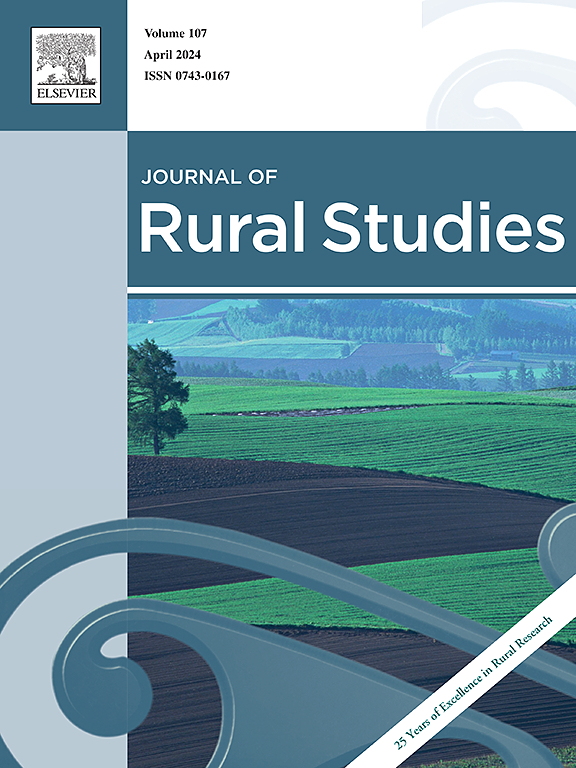The ripple effects of land consolidation on poverty alleviation: A case study of Longbaotang Village in Chongqing, China
IF 5.1
1区 社会学
Q1 GEOGRAPHY
引用次数: 0
Abstract
With their explicit economic, social, and environmental impacts, the implementation of land consolidation projects (LCPs) has facilitated China’s tremendous achievements in poverty alleviation in recent years. However, the mechanisms driving the multidimensional poverty-reduction effects of LCPs remain insufficiently understood. Grounded in multidimensional poverty theory, lifecycle theory, and an input-output analysis framework, this study develops a theoretical framework for governing multidimensional poverty through LCPs from a full-lifecycle perspective. Building on this foundation, the study constructs a five-layer model of LCPs effects, each representing a specific poverty-reduction effect. To evaluate the model, the study examines whether these effects exhibit long-term and significant ripple-like patterns over time. A case study of Longbaotang Village demonstrates that LCPs effectively alleviate poverty by increasing rural residents’ direct income, enhancing agricultural productivity, promoting land registration, improving public welfare, and boosting regional tourism-driven economic development. These findings highlight the comprehensive and sustained poverty alleviation effects of LCPs. Moreover, as LCPs are platforms that can integrate various poverty-reduction factors, this study also suggests that the poverty-reduction effects of the LCPs may not follow a strict chronological order and their ripple patterns may tend to converge rather than diverge. Overall, the findings are of theoretical and empirical significance for understanding the impact of the LCPs on poverty-reduction effects in China. To further enhance the role of LCPs in poverty alleviation, this study proposes three policy recommendations: integrating planning and actively implementing LCPs to address multidimensional poverty, establishing a systematic monitoring and evaluation mechanism to track their impacts, and enhancing the platform effects of LCPs by optimizing resource allocation and coordination across project phases.
求助全文
约1分钟内获得全文
求助全文
来源期刊

Journal of Rural Studies
Multiple-
CiteScore
9.80
自引率
9.80%
发文量
286
期刊介绍:
The Journal of Rural Studies publishes research articles relating to such rural issues as society, demography, housing, employment, transport, services, land-use, recreation, agriculture and conservation. The focus is on those areas encompassing extensive land-use, with small-scale and diffuse settlement patterns and communities linked into the surrounding landscape and milieux. Particular emphasis will be given to aspects of planning policy and management. The journal is international and interdisciplinary in scope and content.
 求助内容:
求助内容: 应助结果提醒方式:
应助结果提醒方式:


